
Unveiling the Truth: A Deep Dive Into PHEV Technology and Features

Unveiling the Truth: A Deep Dive Into PHEV Technology and Features
Plug-in hybrid electric vehicles (PHEVs) are quickly becoming some of the most popular cars on the road and with good reason. Drivers get the performance and fuel efficiency benefits without going all-in on a fully electric vehicle.
You have an electric car that still runs when it is out of battery power, takes gasoline, but can plug in for a little extra juice overnight. This vehicle style has pros and cons, and here are a few things to think about or consider before forking over your hard-earned money on a new hybrid EV.
1. How a Plug-in Hybrid Vehicle Works?
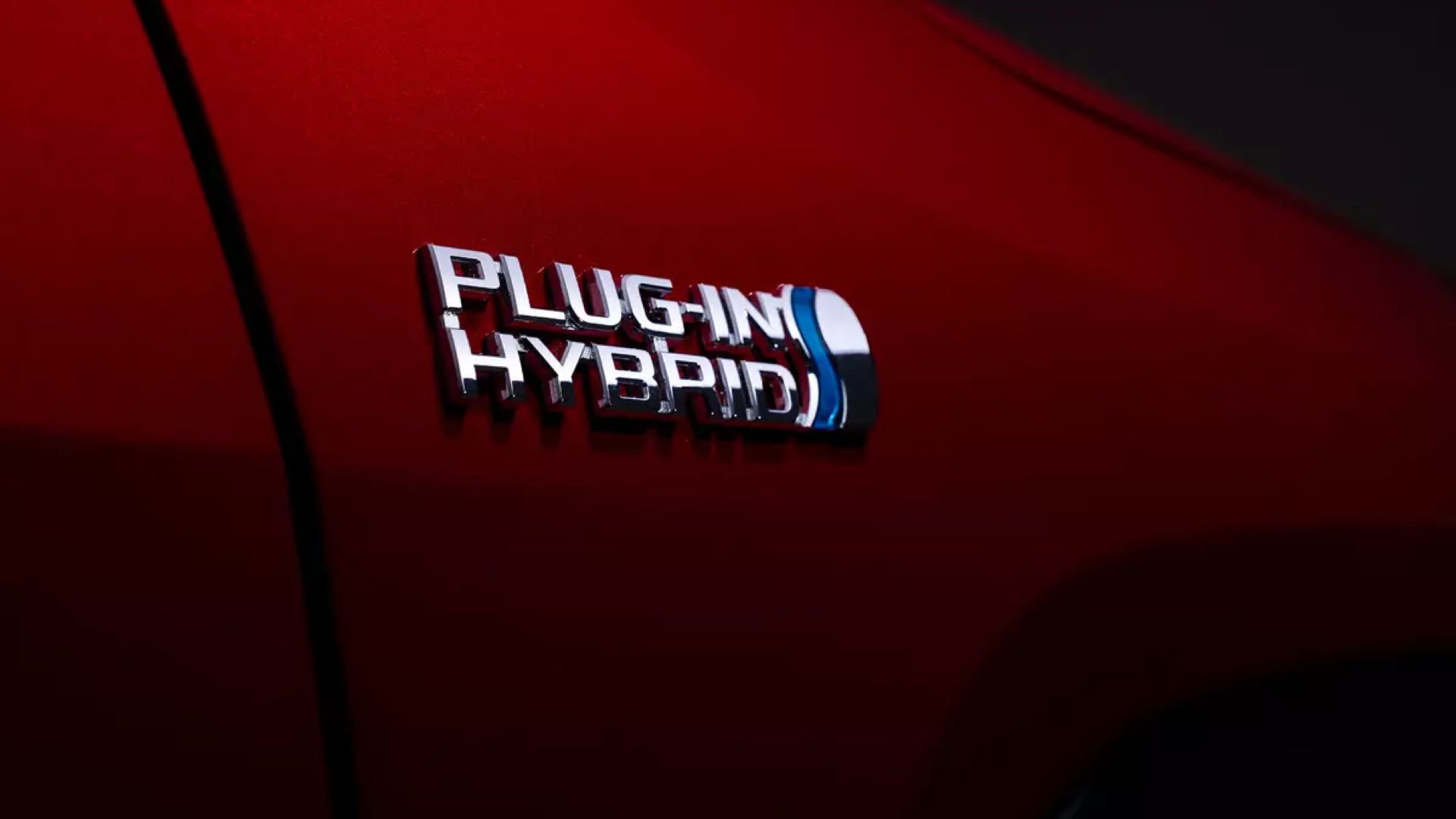
Toyota
If you’re wondering how a PHEV works , you’re not alone. There are regular hybrid vehicles like the Toyota Prius, which combines the gas and battery system for improved range and can run using either system. It doesn’t have a plug. Then, there are mild hybrid vehicles that mainly assist the gas-powered motor.
The two drive systems work together or separately with a PHEV, a plug-in hybrid electric vehicle. You can drive normally, and the system combines both for excellent performance and range. Owners often plug in their PHEV every night, enabling enough battery range to get to and from work daily without stopping for gas. For example, depending on the model, you can drive on all-electric power for upwards of 20—30 miles, like on the 2023 Jeep Grand Cherokee 4xe PHEV . Some high-end models offer upwards of 50—60 miles of electric-only range.
However, the gas engine allows you to keep driving even when battery power runs out, which is a huge perk for those on a longer drive or with range anxiety. Most PHEV models use a larger battery pack than a traditional hybrid, and you’ll plug it into a home AC wall outlet for level 1 charging, which is somewhat slow. Select PHEVs offer both faster level 2 and even DC fast charging capabilities. As you can see, PHEVs have much to offer.
2. Excellent Driving Range & Performance
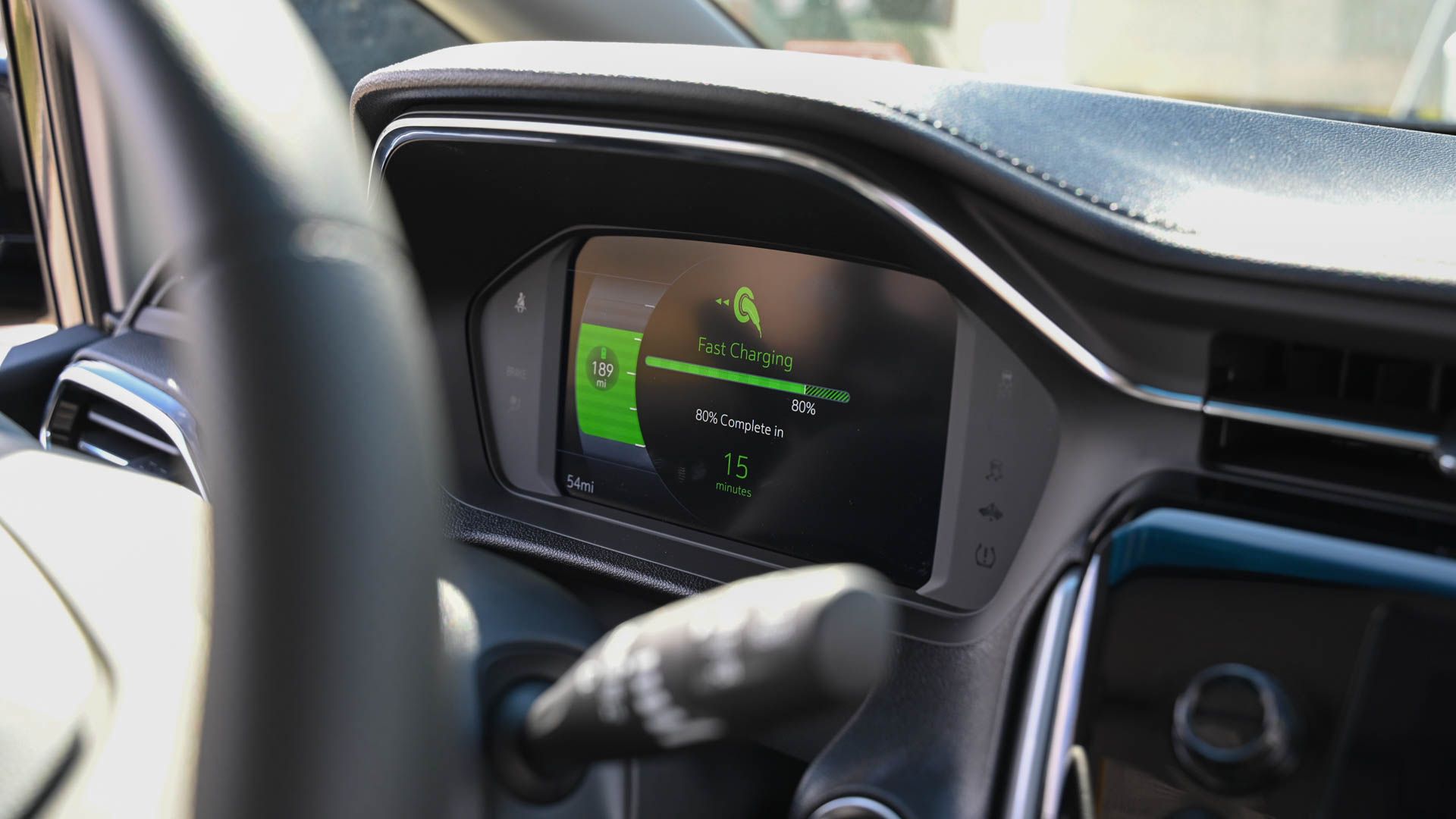
Hannah Stryker / How-To Geek
As expected, one of the most significant benefits of getting a PHEV is the range and MPG improvements. Combining the battery system with a smaller gasoline engine gives these vehicles excellent eMPG during city driving or stop-and-go traffic, as it’ll rely purely on the battery-powered system. Then, as you get up to highway speeds, those motors ease the pressure off the gasoline system, which consumes less gas.
For many, a PHEV has enough range for a daily work commute, and they don’t use any gasoline. Instead, they plug the vehicle in every day or two to keep the battery full of juice.
However, that’s not the only benefit. For most vehicle models, like the Toyota RAV4, paying a little more for the PHEV model (Toyota RAV4 Prime) will deliver vastly better performance on top of the range benefits. For example, the RAV4 Prime can go from 0-60 in just 5.5 seconds. All while getting an EPA-estimated 94 eMPG. Plus, the RAV4 Prime gets around 42 miles of EV-only driving. I don’t know about you, but that sounds great right about now with current gasoline prices.
3. Standard Home Charging Is Slow
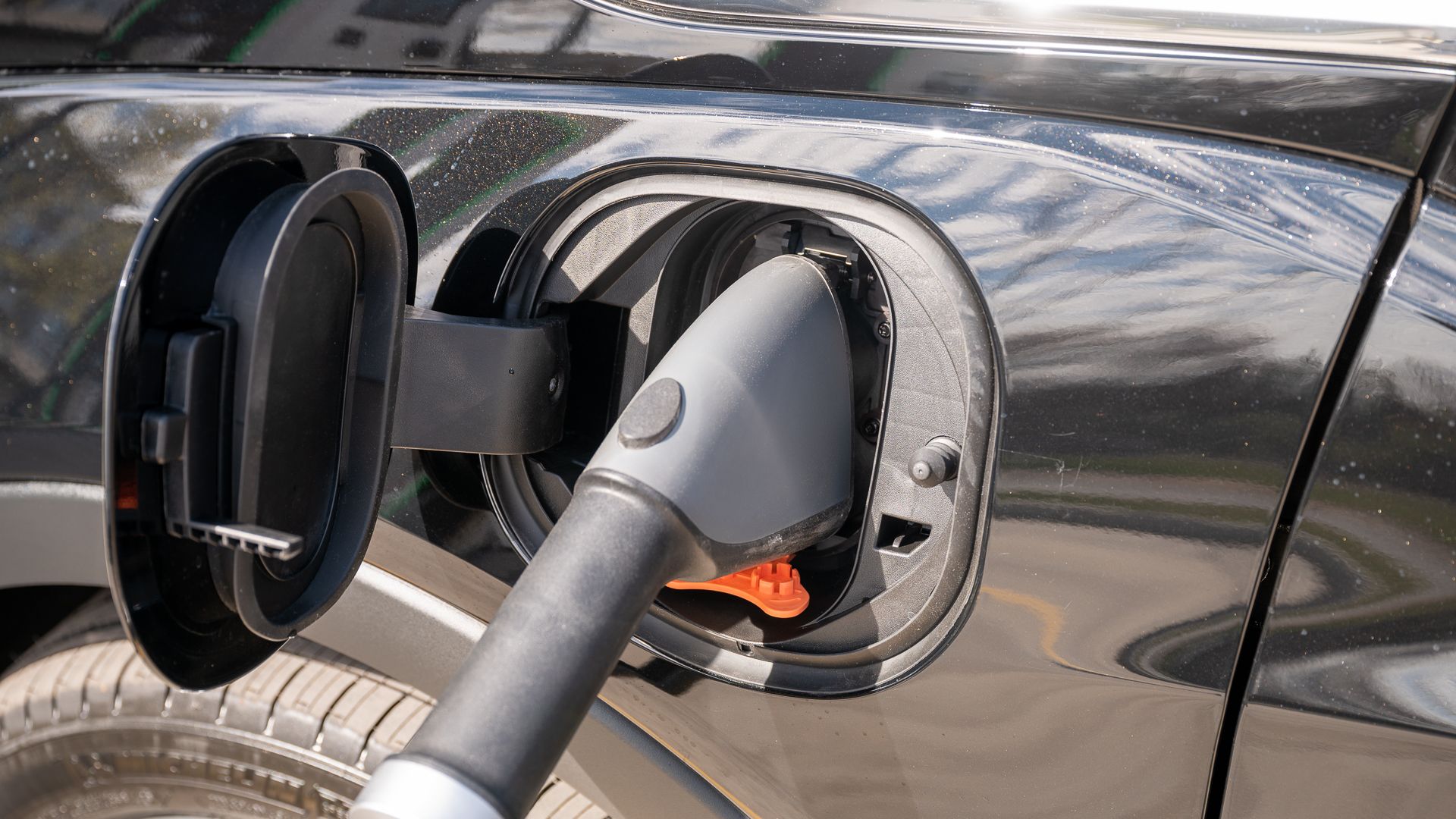
Justin Duino / How-To Geek
What makes plug-in hybrid vehicles appealing to the masses, aside from the apparent performance and range improvements, is how easy they are to charge. All PHEVs can plug into a standard 120V AC wall outlet at home or in your garage. Unfortunately, this is extremely slow, and you’ll likely only get around 4–6 miles of range per hour on the charger. However, charging overnight typically gets you enough for a long daily commute or two. It’s also affordable and costs less than filling your tank with gas .
And remember, if you don’t have enough battery, the gasoline-powered engine will still get you to any destination. Many PHEVs also support level 2 fast charging, along with a standard 240V outlet most homes have for washing machines or dryers. However, this may require an additional fee for a quicker charger installed at home. With a level 2 charger in public or at home, you’ll get upwards of 25 miles of range per hour.
While it’s not as common, some plug-in hybrids can use the DC fast charging networks around town, which can fully top off the smaller battery in around 25 minutes. Just know it’ll be a slow charge for most while your fancy car sits in the garage with a regular plug.
4. No Range Anxiety
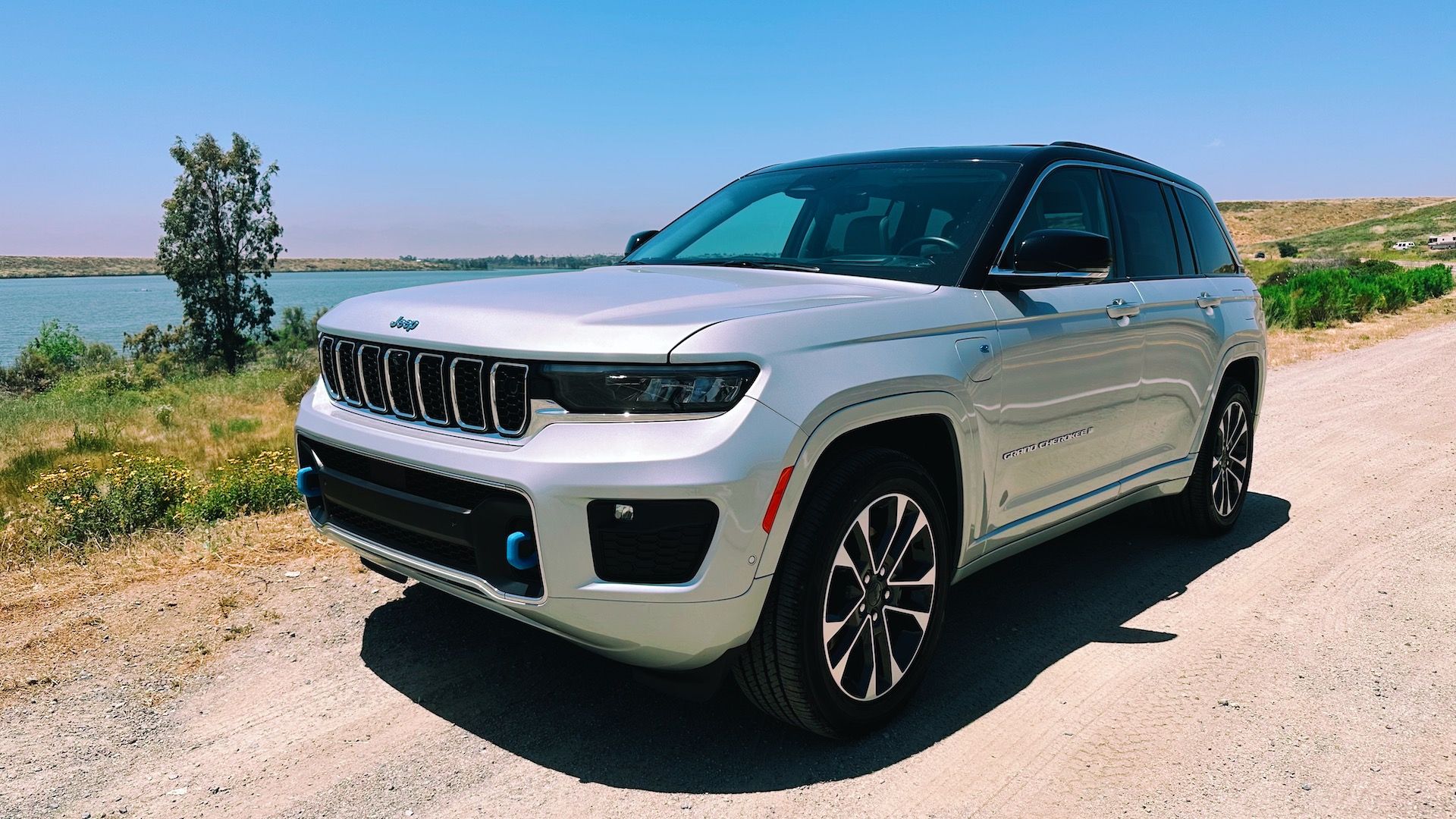
Tyler Hayes / HowToGeek
I don’t quite understand the argument around “range anxiety” with electric vehicles, where naysayers point out that most EV owners get anxious and worry about running out of battery. This same thing happens to gasoline-powered cars. Electric cars are relatively new, and the estimated battery remaining isn’t always 100% accurate, so I guess it’s a concern for some. No one wants to run out of gas or battery and get stranded.
If you opt for a PHEV, that’s not an issue. Even if you forget to charge your battery, or it doesn’t have enough juice, you still have a capable gas engine to get you the rest of the way home. This is especially helpful on longer road trips.
Conversely, if you run out of gasoline, you could have enough battery power to safely make it to a nearby gas station to refill the tank. Thanks to regenerative braking , the car is actively recharging the battery as you drive. Say goodbye to “range anxiety” and get a PHEV.
5. More Maintenance Than An EV
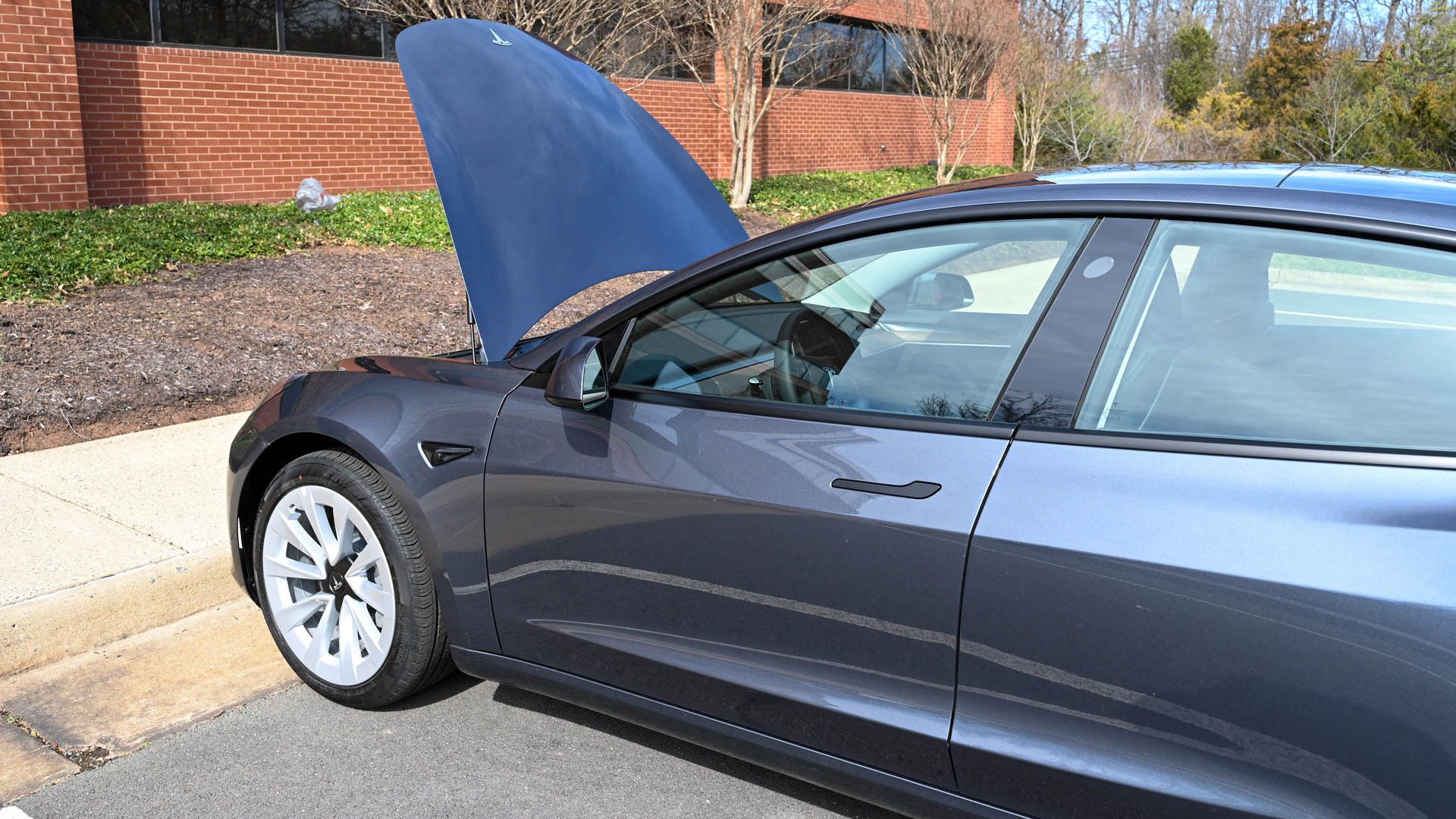
Hannah Stryker / How-To Geek
While it’s true that EVs require less maintenance than an ICE (internal combustion engine) vehicle, you do have to upkeep the battery, tires, select fluids, air filters, and other things. A PHEV is still less maintenance than a regular vehicle, but you must keep up with more stuff than owning an all-electric mode.
This is a pro and a con, as you’ll benefit from things like regenerative braking and won’t have to change the brakes as much. However, it will require more maintenance than if you bought a Tesla, and you’ll still have oil changes on the regular engine.
6. Electric-Only Modes Are Reserved for Slower Speeds
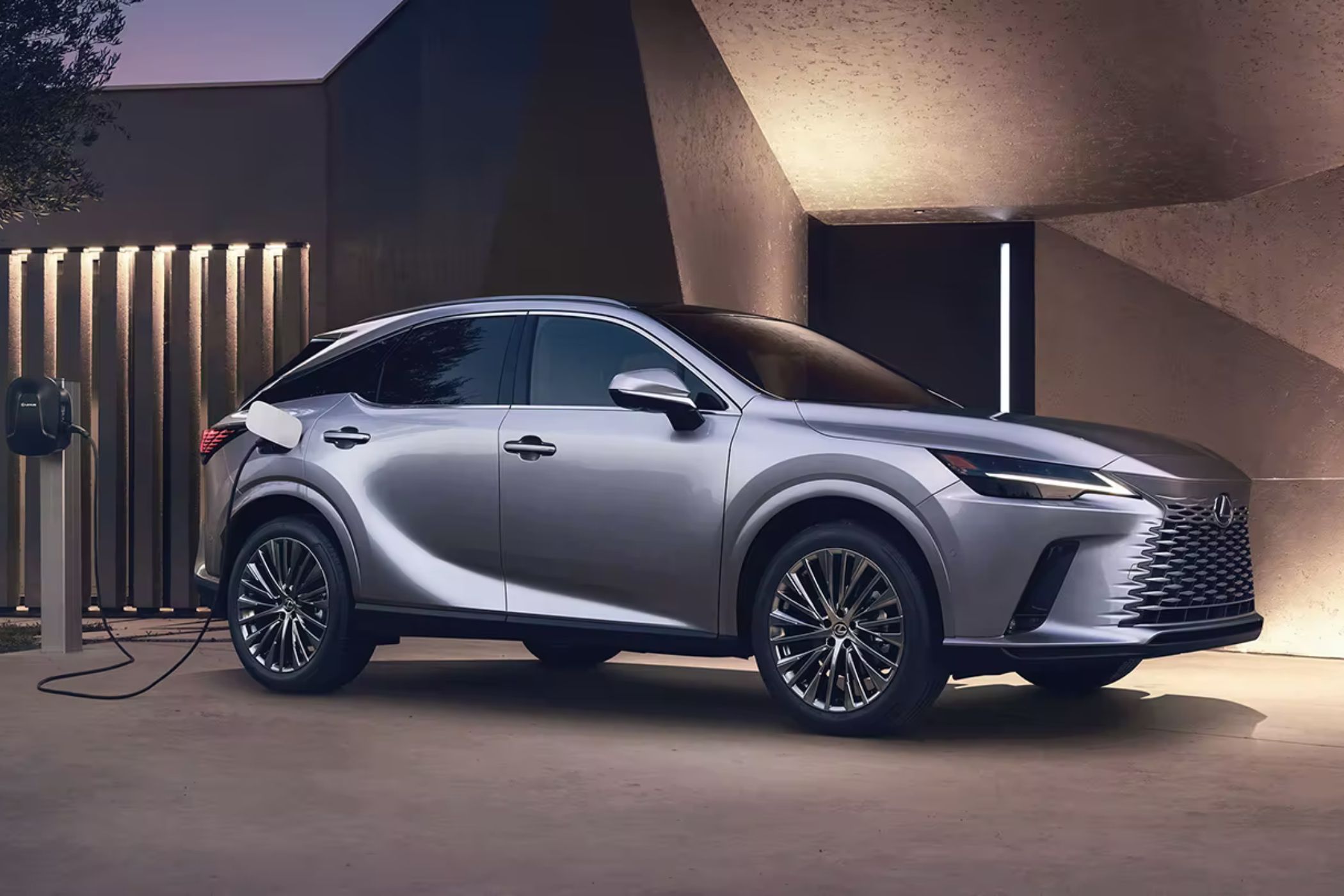
Lexus
One important thing to note is that for many PHEVs on the market, the electric-only mode is reserved for slower speeds. Depending on the model, you can’t go 65 MPH on the freeway without using the gasoline motor at the same time. The EV-only system typically works at slower speeds around town, in a parking lot, or between traffic lights. However, that’s when vehicles typically get the worst fuel mileage, so it’s still hugely important and a big benefit of owning a PHEV.
7. Potential Tax Credits and Savings

Vitalii Vodolazskyi/Shutterstock.com
Even with all the changes to the federal EV tax credit system , did you know that many hybrids qualify? Yes, you can get a nice tax credit just for buying a PHEV, as it is not limited to fully electric models.
Depending on where your plug-in hybrid was made, the total cost, battery components, and other factors, you could qualify for anywhere from $3,750 to $7,500 in federal tax credits. More importantly, you’ll want to look into state or local tax credits to save even more.
Should Your Next Car Be a PHEV?
As you can see, buying a plug-in hybrid electric vehicle has several pros and cons. If you’re looking for an exciting new car and want some of the performance and range benefits of an EV without going all-in, consider a hybrid.
A regular hybrid without a plug is more of a stop-gap, while a PHEV is a perfect middle ground for potential buyers. You’ll get used to occasionally plugging in the vehicle to charge while still being able to stop for gas and go on longer trips. At the same time, you’ll have a modern car that’s fun to drive, highly capable, and likely offers better range and performance than its gas equivalent. Plug-in hybrid vehicles provide decent fuel economy, range, and pricing, all in a familiar experience that most buyers can appreciate.
- Title: Unveiling the Truth: A Deep Dive Into PHEV Technology and Features
- Author: Jeffrey
- Created at : 2024-08-26 11:30:40
- Updated at : 2024-08-29 11:14:56
- Link: https://some-knowledge.techidaily.com/unveiling-the-truth-a-deep-dive-into-phev-technology-and-features/
- License: This work is licensed under CC BY-NC-SA 4.0.